Roofing Contractors Littleton CO
March 4, 2021
With more than thre decades of proven success in quality roofing services,ARCM Roofing is a family-owned company &operated business serving.
Read MoreColorados #1 Residential & Commerecial Roofing Company
**Construction Waste Overview:**
– Types of waste include bricks, concrete, and wood.
– Building waste can constitute up to 10-15% of materials used.
– In the U.S., construction waste increased from 135 million tons in 1990 to 600 million tons in 2018.
– 76% of waste is repurposed, but significant amounts still end up in landfills.
– The EPA’s SMM Program promotes sustainable materials management.
**Causes and Impact of Construction Waste:**
– Physical waste includes unused materials, while non-physical waste results from misused materials and design errors.
– Steel reinforcement and premixed concrete waste stem from irresponsible practices and estimating inaccuracies.
– Landfilling certain construction waste, like plasterboard, can release toxic gases.
– Construction waste contributes to landfill space consumption, greenhouse gas emissions, soil and water contamination, habitat destruction, and resource depletion.
**Recycling and Waste Management Strategies:**
– C&D waste management follows the waste hierarchy framework emphasizing the 3Rs (reduce, reuse, recycle).
– Recycling construction waste involves crushing rubble and reusing it in new projects.
– Recovery is a key aspect of waste management, with different countries adopting varying numbers of Rs.
– Waste management fees, legislative action, and technological innovations like AI and IoT play crucial roles in waste reduction and diversion.
**Regulations and Guidelines in Construction Waste Management:**
– EU emphasizes recycling building materials and adopting a cradle-to-grave ideology.
– The UK mandates builders to be part of CIS registered businesses for waste clearance.
– The U.S. employs financial incentives, grants, and loans to support waste reduction strategies.
– Regulations like the EU Construction and Demolition Waste Protocol and national/international waste management standards guide waste management practices.
**Incineration, Health Risks, and Research in Construction Waste:**
– Waste-to-energy facilities burn over 13% of solid municipal waste, leading to toxic fumes containing harmful chemicals like mercury, carbon monoxide, and dioxins.
– Dioxins are highly toxic chemicals causing severe health issues.
– Research focuses on life-cycle environmental impact assessments, circular economy approaches, system dynamics modeling, and sustainable construction material development to address construction waste challenges.
March 4, 2021
March 4, 2021







Recent Comments